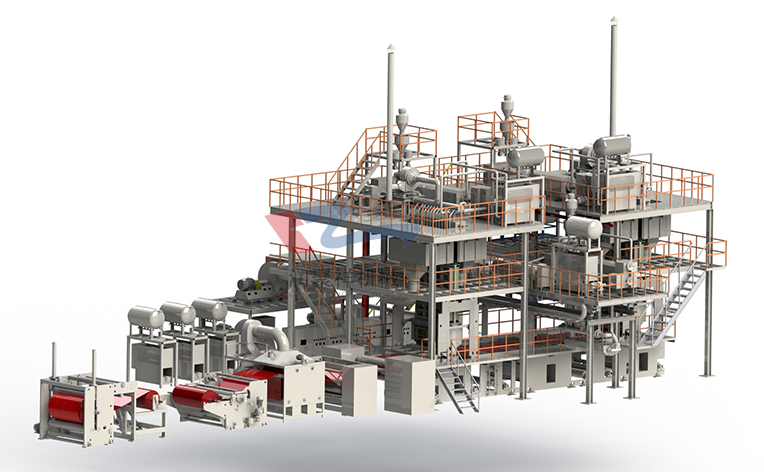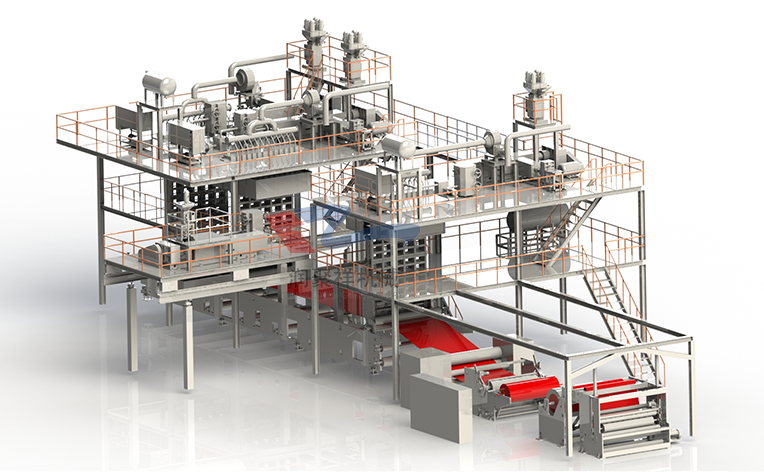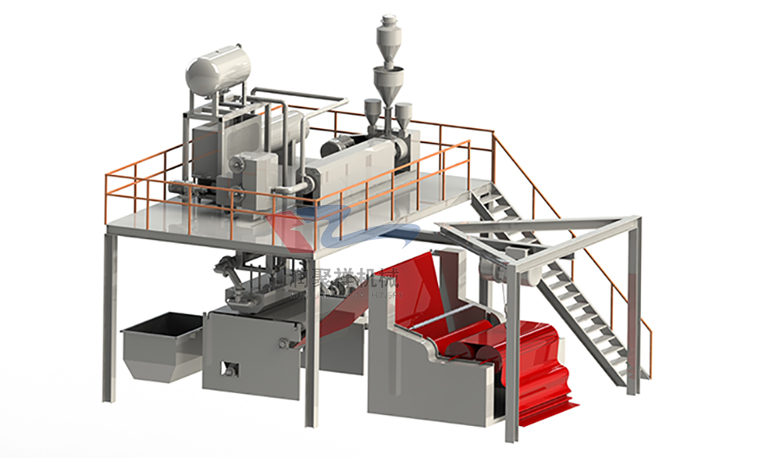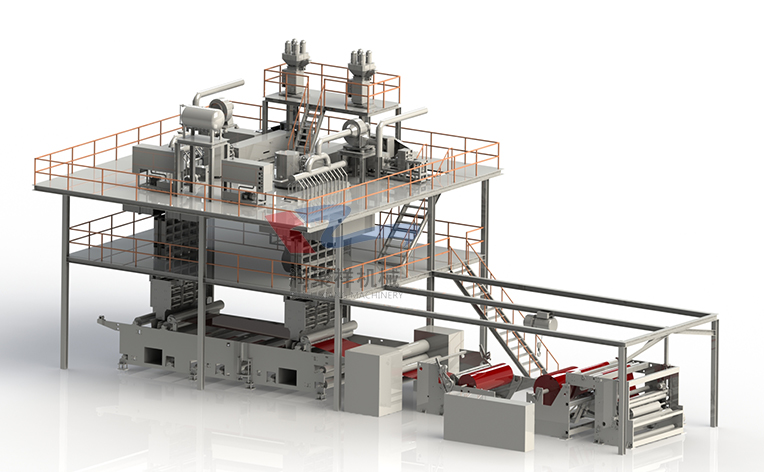

- Contact:Ms. Zhang
- Cel:0086-18053229518
- Mail:info@qdrunjuxiang.com
- Add:Chengma Road, Qijialing Village, Tongji New District, Jimo City, Qingdao
In the "post-unblocking period", printing and dyeing enterprises have serious competition for low prices, and profit margins have been compressed
At present, my country's epidemic prevention and control situation is further consolidated, and the economic and social operation order is speeding up. Although there is still a risk of spreading outbreaks in foreign countries, the outbreaks in most countries and regions have continued to ease. Since May, countries have gradually liberalized restrictions and promoted economic restart. However, the huge impact of the epidemic on the global supply chain and industrial chain is difficult to repair in the short term. At the same time, with the significant increase of unstable and uncertain factors worldwide, the operating pressure of my country's printing and dyeing enterprises is still huge.
In order to understand the order recovery and production and operation of China's printing and dyeing enterprises after the unsealing and restart of various countries, and to clarify the new problems and demands faced by enterprises in the "post-unsealing period", the China Printing and Dyeing Industry Association has launched online for key printing and dyeing enterprises since June 1. "Special Investigation on Production and Efficiency of Printing and Dyeing Enterprises". As of June 7, a total of 38 valid questionnaires have been received, and this report has been formed after aggregating and comprehensively analyzing. At the same time, our association has submitted the problems encountered by the enterprise at this stage and the actual policy requirements to the relevant departments of the China Textile Federation, which will be reported to the Ministry of Industry and Information Technology, the National Development and Reform Commission and other relevant departments.
The overall impact of the epidemic on the company
According to the feedback from the questionnaire, the 38 sample companies participating in this survey are all on-spec companies, of which 76.32% accounted for 76.32% of the companies with an annual operating income of over RMB 400 million, and an annual operating income of RMB 20 million to RMB 400 million. Of companies accounted for 23.68%.
In terms of the impact of the new crown epidemic on the production and operation of enterprises, over 50% of the enterprises reported that "the impact is small, and there are some difficulties in the operation of the enterprise, but the overall situation remains stable." 10.53% of the enterprises report that the epidemic "brings new opportunities for enterprise development", 7.89 % Of the companies report that the epidemic situation has "no significant impact" on the company, which indicates that large and medium-sized enterprises have relatively strong anti-risk capabilities and can adopt a more proactive and effective response strategy during the crisis, making the company "turn the crisis into security". At the same time, however, some companies have been negatively affected by product markets and other reasons. 18.42% of the companies reported that "the impact is great, and the company's operations are temporarily suspended", and 5.26% of the companies reported that "the impact is serious, and the business is facing serious difficulties and bankruptcy. Risk" (see Table 1).
Enterprise production and operation at this stage
1. Production
Printing and dyeing cloth output
With the gradual recovery of my country's economic activities and the successive unblocking and restarting of countries since May, my country's printing and dyeing enterprises have a positive trend in orders, but they are still far from normal production levels. Judging from the summary of the questionnaire, in May compared with April, the output of 26.32% of the enterprises has increased, of which the increase rate is within 10%, the highest proportion is 15.79%; the output of 36.84% of the enterprises in April and May The output was flat; 36.84% of the companies' output declined in May, among which 10%-30% of the companies accounted for the highest percentage, which was 21.05% (see Table 2).
Affected by the epidemic situation, the output of printing and dyeing fabrics of enterprises has generally decreased since this year. Compared with the same period of last year, only 2.63% of the total output increased slightly from January to May, and the increase rate was within 10%; 10.53% of the companies remained the same as the same period last year; over 80% of the total output decreased compared with the same period last year, of which the proportion was reduced Companies with 10%-30% share the highest proportion, at 39.47% (see Table 2).
2. Capacity utilization
The change in capacity utilization rate is basically the same as the change in output of printing and dyeing cloth. Compared with April, the capacity utilization rate of 26.32% of enterprises has increased, and the proportion of enterprises with an increase of less than 10 percentage points is the highest, 18.42%; 36.84% of enterprises have the same capacity utilization rate in April and May; 36.84% The capacity utilization rate of the companies in May declined, and those with a decrease of 10-30 percentage points accounted for the highest proportion, at 18.42% (see Table 3).
The results of the capacity utilization survey in May were significantly better than the expectations during the survey in April. The results of this survey showed that nearly 60% of the enterprises' capacity utilization in May was flat or improved from April, and the same forecast was made in April. The proportion of enterprises is less than 30%, indicating that the uncertainty of the global epidemic situation in April has made companies more pessimistic about their future production.
Compared with the same period of last year, the capacity utilization rate in May was only increased by 7.89%. The 7.89% of the enterprises were the same as the same period of last year, and 84.21% of the enterprises had different degrees of decline compared with the same period of last year, of which 10-30 percentage points Enterprises accounted for the highest proportion, at 42.11% (see Table 3). The data shows that in May, the enterprise capacity utilization rate reached 70%-90% of the same period last year, the highest proportion of the company, and the highest proportion in the survey in April was 50%-70% of the same period last year, indicating that the company’s production since May The situation is significantly better than in April.
2. Profitability
Main business income
Compared with April, the proportion of enterprises with increased main business income accounted for 31.58%. Among them, the proportion of enterprises with an increase of less than 10% in April was the highest, at 23.68%; the proportion of flat enterprises was 36.84%; the proportion of reduced enterprises 31.58%, of which the proportion of enterprises that decreased by 10%-30% compared with April was the highest, at 15.79% (see Table 4).
The impact of the epidemic on the company's production directly led to a significant decline in the company's main business income since this year. Compared with the same period of last year, over 90% of the main business incomes of the main business income decreased from January to May. Among them, the companies with a reduction of 10%-30% accounted for the highest proportion, 39.47%; only 7.89% of the companies remained the same as the same period last year. (See Table 4).
Total profit
Compared with April, the total profit of the sample enterprises of 21.05% has increased in May, and the proportion of the companies with an increase of less than 10% in April is the highest, which is 13.16%; the total profit of 42.11% of the sample companies is the same in April and May; 36.84 % Of the total profit of the sample companies has decreased to varying degrees, of which the companies with a decrease of 10% to 30% accounted for the highest proportion, at 13.16% (see Table 5).
Compared with the same period of last year, only 2.63% of the sample companies increased slightly from January to May; 7.89% of the companies were the same as last year; nearly 90% of the companies had different degrees of reduction, of which 10%-30 % Has the highest percentage of companies, at 31.58%, followed by companies with a reduction of more than 50%, at 26.32% (see Table 5). As can be seen from the statistics, affected by the epidemic situation at home and abroad, the profits of the company have dropped significantly this year.
product price
This year, affected by the epidemic situation at home and abroad, the company's product sales have been blocked. In order to return funds as quickly as possible, the phenomenon of low-price competition has increased, and some disordered competition has appeared in the market. This is also one of the main reasons for the decline in total profit of enterprises. According to the statistics of the questionnaire, in May this year, compared with the same period last year, only 7.89% of the sample companies increased slightly, 28.95% of the companies were flat, and 63.16% of the companies fell; the price of self-operated products was only 2.63 % Of the companies have increased slightly, 34.21% of the companies are flat, and 63.16% of the companies have declined to varying degrees (see Table 6).
Export order
Of the 38 sample companies, 1 company has no exports. Compared with April, 18.92% of enterprises' export orders increased in May, most of which were within 10%; 40.54% of enterprises were flat; 40.54% of enterprises had different degrees of reduction, of which 10%-30% The highest proportion is 21.05% (see Table 7). This survey result is also significantly better than the company’s expectations during the April survey. The April survey data showed that only 26.53% of the companies predicted that the May export orders would be the same as or higher than in April, and up to 36.73% of the companies predicted the May export orders. It will be reduced by more than 50%, which shows that since May, with the continuous opening of foreign markets, the export orders of China's printing and dyeing enterprises are gradually recovering.
Compared with the same period of last year, the overall decline of export orders was more obvious from January to May. Nearly 90% of enterprises' orders had declined to varying degrees. Among them, those with a decrease of 10%-30% accounted for the highest proportion, at 34.21%. Secondly, the enterprises that reduced by more than 50% accounted for 23.68%; only 13.51% of the enterprises remained the same or slightly increased compared with the same period last year (see Table 7). It can be seen that the export pressure faced by enterprises is still relatively large, and it still takes time for export orders to recover to the same level last year.
Domestic orders
Compared with April, the domestic orders of 39.47% of the enterprises increased in May. Among them, the proportion of enterprises that increased by 10%-30% was 15.79%, and the proportion of enterprises that increased within 10% was 23.68%; 26.32% of enterprises were flat; 34.21 % Of companies have different degrees of reduction, of which the percentage of companies with a decrease of less than 10% is the highest, at 18.42% (see Table 8). The survey of domestic sales orders in May was better than the company’s expectations during the survey in April. According to the survey data in April, less than 40% of the companies predicted that orders in May would be the same as or slightly higher than in April. Over 60% shows that with the continuous consolidation of the domestic epidemic prevention and control effectiveness and the shift of some enterprises from export to domestic sales, domestic orders for printing and dyeing enterprises in China have been speeded up.
4. Enterprise employment
In terms of employment, affected by the epidemic, the company's orders fell significantly during the same period, and the company was forced to reduce operating costs through layoffs or start of adjustments. According to the summary information of the survey questionnaire, the current number of workers in over 60% of enterprises has decreased to a certain extent compared with the same period of last year. Among them, the proportion of enterprises with a reduction of less than 10% is the highest, which is 34.21%; only 5.26% of the number of enterprises has increased from the same period last year; Another 34.21% of the companies remained the same as last year (see Table 9). In addition, more than 70% of enterprises have started to adjust the holiday or rotation holiday to adapt to the current shortage of orders.
- After the Minor Snow season, Qin
- Innovation and upgrading in the
- The non-woven fabric machinery o
- The operation of China's industr
- As the chill of November intensi
- The textile industry forges new
- What are the wide application fi
- A brief overview of the operatio
- Runjuxiang is deeply engaged in
- The economic operation of China'
- About RunJuXiang
- Company Profile
- Company Culture
- Non-woven production line
- Spunbond nonwoven production line
- Two-component Bi-Co
- Spun melted nonwoven production line
- Equipment Accessories
- Meltblown nonwoven production line
- Non-woven products
- News Center
- Company News
- Show Information
- Contact Us
- Contact RunJuXiang
- Online Message





